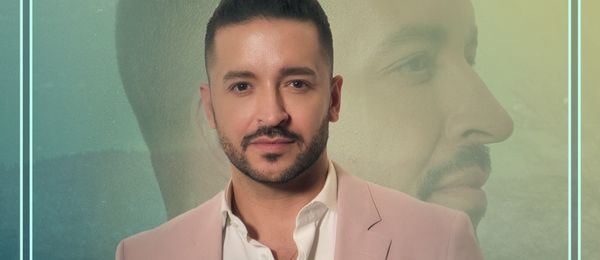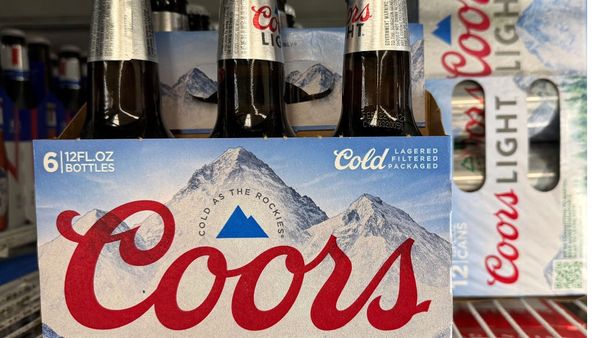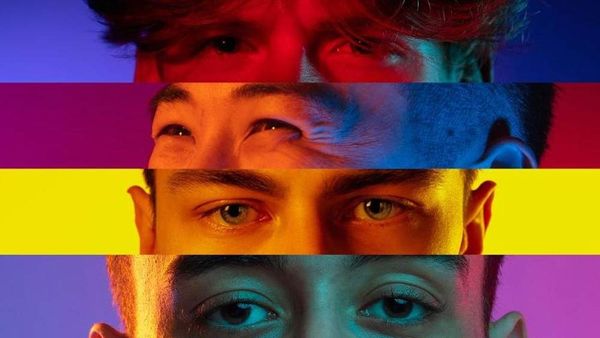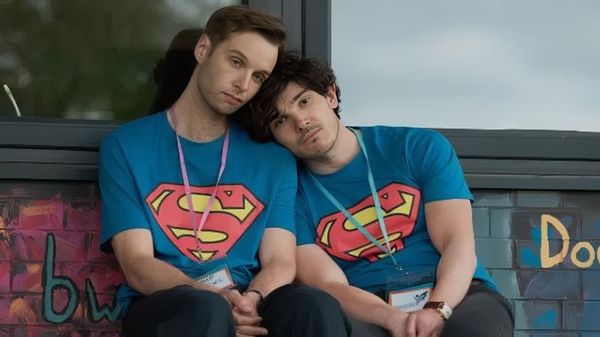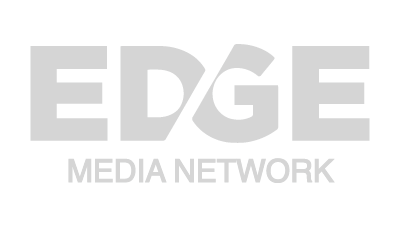
June 25, 2017
SF Dyke March Marks 25 Years
Heather Cassell READ TIME: 5 MIN.
Thousands of queer women will take over Mission Dolores Park - and the streets of San Francisco - June 24 for the San Francisco Dyke March's 25th anniversary.
It's a milestone for the volunteer-led organization that dared to claim dyke space in the Castro in 1993.
This year's theme, "Calling All Dykes: Take Up Your Space," harks back to the rally and march's roots as well as a time when queer women - and women overall - were under attack by conservative and Republican forces, an echo being heard today.
When the Dyke March launched in the early 1990s, the Mission district was a working class, queer women and Latin neighborhood, not the techie hipster haven it is today.
Attitudes toward queer women in the Castro could be hostile, rather than cordial, a sentiment that has fluctuated during the past quarter of a century. This year is particularly pertinent because it appears that the political and cultural climate has come full-circle, which is evident to Dyke March organizers.
"We still have places where we can be discriminated against because of our perceived sexual orientation," said Elizabeth Lanyon, 33, a high femme dyke who serves as the fundraising co-chair of the San Francisco Dyke March.
She talked about an incident she experienced in the Castro earlier this year where she was verbally harassed by someone who assumed she was straight, telling her that she didn't belong in the gayborhood.
"[What] often happens is we think we are the only ones experiencing it, then we isolate, and then we turn around and we find out that other people are experiencing it too," she said.
When she finally opened up to friends about what happened to her, others spoke up about their similar experiences.
Stand Tall and Wide
That's why this year's Dyke March theme is important, Lanyon said. It's a reminder of the original reason the march came into existence. The goal was, and continues to be, to bring queer women together to show their power in numbers and to serve as a space to talk about issues affecting them individually and community-wide, Lanyon and veteran marchers said.
"We have someone in the White House who makes direct attacks on women's bodies and who thinks that it is OK to be abusive verbally and physically toward women," said Lanyon, referring to President Donald Trump. "That's not OK. Being able to address that intersection: we are women [and] we are queer women. These things affect us.
"[There is] the need for us to continue to come together and talk about things that are challenging for us," she added.
Lisa Kamieniecki, 60, has been attending the Dyke March with neighbors from her all-lesbian apartment building for 25 years.
"We are having a backlash right now," said Kamieniecki, talking about how the rights that women and the LGBT movement have fought for are now threatened.
"We need to maintain a presence in the world," she said, noting that visibility has always been important for dyke, butch lesbian women. "We cannot assimilate and get lost as a lesbian culture.
"We have to show the world that we don't have to be ruled by the patriarchal structure, that we are the masters of our own destiny," Kamieniecki continued. "We are loud, proud, and out."
Lanyon pointed out that showing up means doing so at home, in the community, and at work, discussing the issues that are important to women and queer women.
"It is really, really important for us to keep showing up," said Lanyon. "We need to keep talking about the challenges that we are facing, both as individuals and as groups."
Rise Up
Coming together, raising consciousness, and taking to the streets were how it all started. It was the height of the AIDS epidemic and women were under attack by conservative forces when queer women gathered for the first San Francisco Dyke March in June 1993, just a few months after the Lesbian Avengers staged a large Dyke March in Washington, D.C. that attracted 20,000 women. That first march coincided with the National March on Washington for Lesbian, Gay, and Bi Equal Rights and Liberation, according to Wikipedia.
The AIDS crisis perpetuated lesbians being in the shadows of the gay liberation movement, though many were the caretakers of their gay male friends, San Francisco Dyke March founders told the Bay Area Reporter.
Leaders of three West Coast lesbian feminist organizations came together with New York City's fire-eating Lesbian Avengers to plan a "spontaneous" march on Washington the night before the official march, April 25, 1993, founding members Leslie Mullin, 72, and Lisa Roth, 67, told the B.A.R.
They named their gathering the Dyke March, taking back the slur used against lesbians.
The women gathered at Dupont Circle and took to the capital's streets. They projected a lesbian art show onto the Washington Monument, making front-page news in the Washington Post.
"There was something about this idea that really appealed to women," Mullin said, noting that it spoke to women's "fundamental desire" to have a voice, be visible, and have power.
"Women like to feel powerful and we don't get to feel that powerful that much," she said.
That energy and sense of power felt in Washington, D.C. spread to San Francisco, New York, Chicago, and other cities.
Through the past 25 years the San Francisco march has remained an all-volunteer grassroots operation with a core group of 12 this year. The march is supported by donations from local business owners, community organizations, and individuals, who raised about $35,000 to produce the event. It is expected to attract 30,000 march and rallygoers, according to Lanyon.
Dyke March organizers hope more women will come out for the march and rally.
Continuing the Tradition
The rally and march will kick off in its historical fashion with remarks from community leaders and entertainment during the rally in Dolores Park beginning at 11 a.m. Saturday.
"We really want women to feel like this is their space and to occupy it in a manner that they see fit," said Lanyon, who is in her fifth year organizing the march.
Marchgoers can expect to be entertained. Rally performances will be kicked off by Bay Area American Indian Two-Spirits, followed by Aima The Dreamer, Red Hots Burlesque, Madame Ghandhi, Dianne Patterson, Sistah Boom, and DJs Muff, Ripley, and Slum B.
Community leaders expected to speak include Kate Kendell, executive director of the National Center for Lesbian Rights; Kimberly Alvarenga and Carolina Morales, co-presidents of the Harvey Milk LGBT Democratic Club; Lanyon; water activist Kelly Love; and author and educator Carolyn Wysinger.
At 5 p.m. participants will gather at 18th and Dolores streets, where the dyke motor contingent and the disabled and senior trolley will kick off the march, leading the women winding through the Mission and the Castro. This year, the marchers will return to Dolores Park for a Trash Bingo cleanup party. Prizes will be awarded for the most unusual trash found.
"A milestone is more than about us continuing to show up," said Lanyon, who hopes the Dyke March will bring a new wave of dyke activists. "We are not going to back down. We are still here and we show up every year to make sure that there is space for us.
"Until [discrimination] doesn't happen, we are going to continue turning out. We are going to continue showing up," she added.
The San Francisco Dyke March Committee is still looking for volunteers for Saturday's celebration and march.
For more information, contact [email protected] or visit http://www.thedykemarch.org or http://www.facebook.com/sfdykemarch


